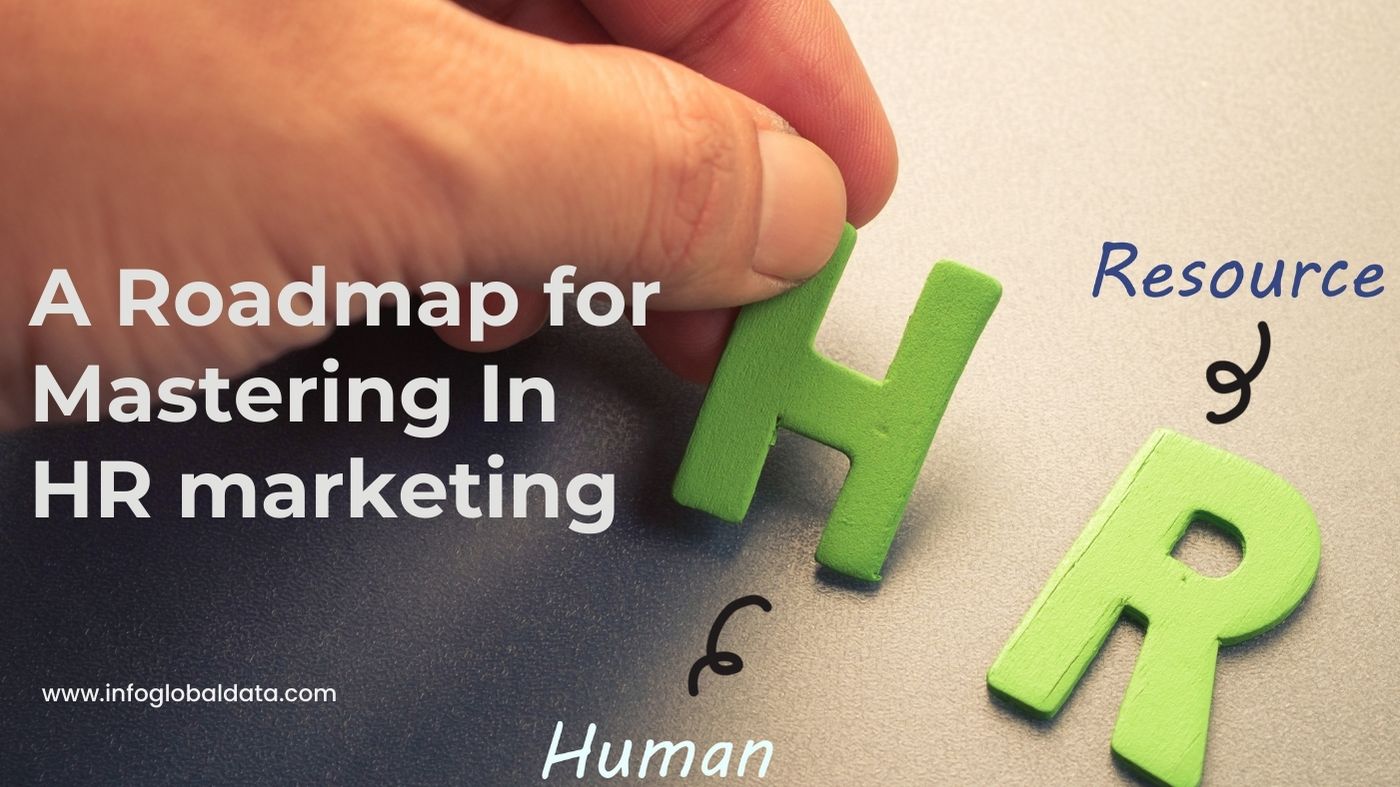
What Is Recruitment Marketing in HR?
Recruitment marketing is a relatively recent concept within the realm of Human Resources. It revolves around the idea of showcasing your organization as an appealing employer in order to entice fresh talent to join your ranks.
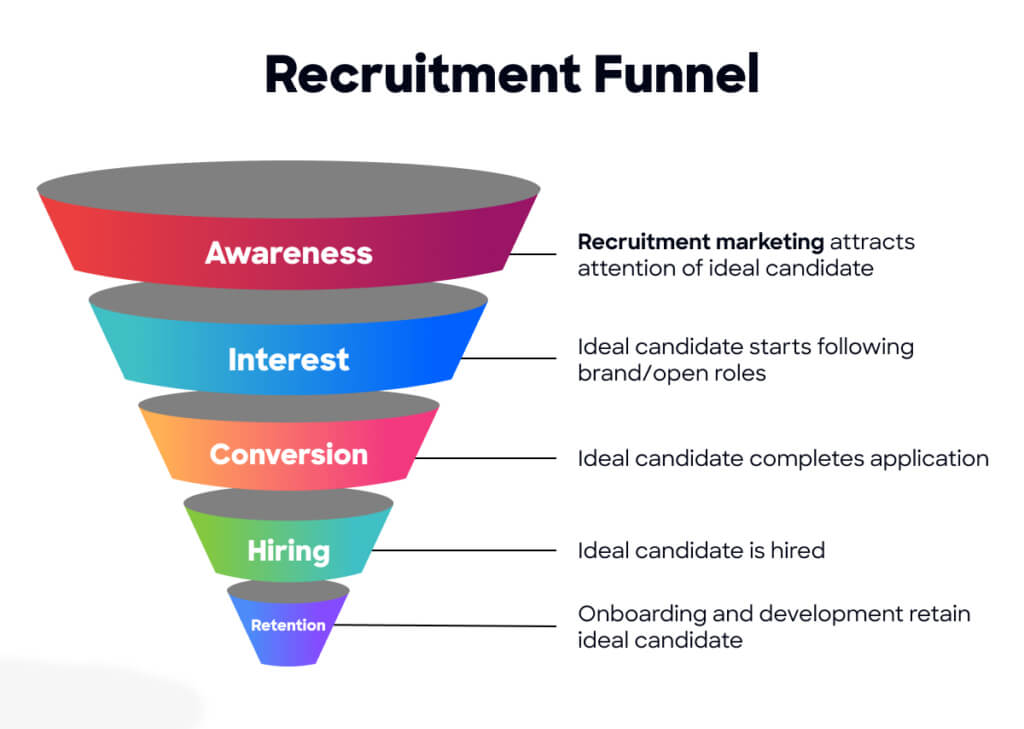
Source: zoominfo
This multifaceted approach encompasses the development of strategies and tactics aimed at drawing in and actively involving prospective talent, thereby encouraging them to seek employment opportunities within your organization.
Some even refer to it as the "pre-applicant" phase of the talent acquisition process, focusing on building connections and generating interest in potential candidates well before the application stage.
Understanding HR Marketing – Explanations and Evolution

HR Marketing, or Human Resources Marketing, is a dynamic strategy that organizations employ to not only attract talent but also to actively engage and retain it. It's a holistic approach that extends beyond the traditional boundaries of HR and recruitment. It recognizes the changing dynamics of the job market, where top talent is in high demand and the power has shifted from employers to candidates. In this landscape, HR marketing aims to position your organization as an employer of choice and a place where talented individuals aspire to work.
At the core of HR marketing is the concept of employer branding. This is the process of crafting a unique and compelling identity for your organization as an employer. It's about defining what sets your company apart from others in terms of culture, values, work environment, and opportunities for professional growth. A strong employer brand not only attracts top talent but also helps in retaining and motivating current employees. It's essentially the promise you make to your employees and candidates about the experience they can expect when they join your team.
The Evolution of HR Marketing
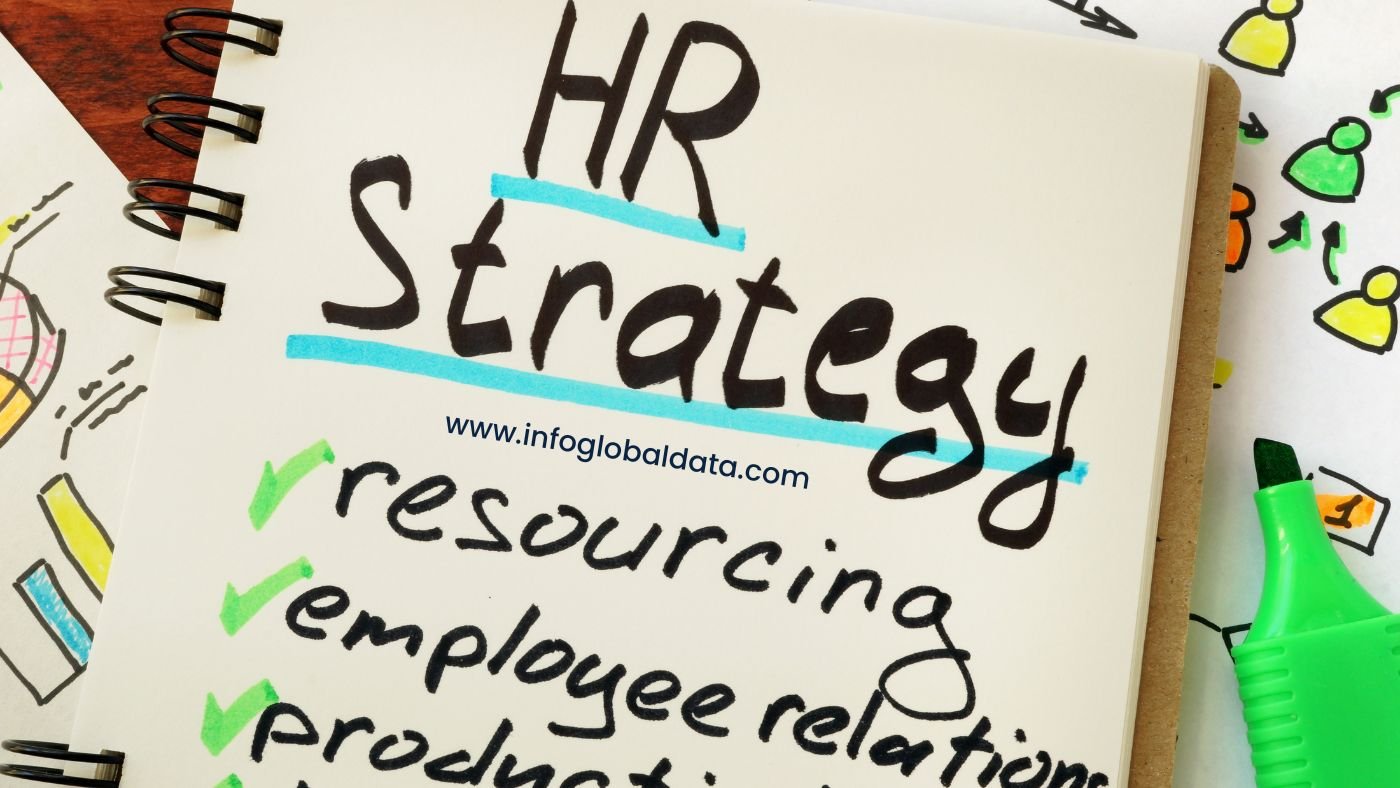
HR Marketing has a rich historical context rooted in the evolution of Human Resources practices. Traditionally, HR was primarily an administrative function responsible for recruitment, payroll, and compliance. The emphasis was on internal processes rather than external perception. Over time, as businesses recognized the strategic value of human capital, HR started to shift its focus. This represents a significant paradigm shift in how organizations view and manage their human resources. It's no longer just about filling positions; it's about creating an employer brand, nurturing a positive workplace culture, and establishing long-term relationships with employees. This shift emphasizes the idea that employees are not merely assets but key stakeholders in an organization's success.
Buy 100% Opt-In Job Title specific Lists
- Small Business Owners List
- Chief Executive Officer Emails
- Real Estate Agent Email List
- Automotive Industry Database
- Human Resources Email List
- Accountants Mailing List
- Attorney Contact List
- Chief Financial Officer Database
- Engineer Mailing List
- Managing Directors Email List
- Investors Email List
- C Level Executives Email List
- Architect Email Database
Contact Us for Marketing Campaigns
The Impact of Technology and Social Media

Source: stunningmesh
One of the most profound drivers of the evolution of HR marketing is technology and social media. These tools have completely transformed the way organizations connect with potential candidates. With the advent of job boards, applicant tracking systems, and social networking platforms like LinkedIn, HR marketing has become more data-driven and precise. Companies can now target and engage candidates with specific skills and experiences. Moreover, social media enables them to showcase their employer brand, share company culture, and interact with job seekers in a more interactive and engaging manner. This shift to the digital realm has made HR marketing faster, more cost-effective, and better at reaching a wider audience.
HR Marketing vs. Traditional Recruitment
HR Marketing differs significantly from Traditional Recruitment. The differences can be shown in three categories: Approach and Strategy, Engagement, and Measurable Outcomes.

Here’s a broad explanation:
1. Contrasting Approach: HR Marketing and Traditional Recruitment represent two distinct approaches to talent acquisition. Traditional recruitment typically involves posting job listings and waiting for candidates to apply. The focus is on filling immediate vacancies with candidates who meet the job's requirements. In contrast, HR Marketing takes a more proactive approach. It revolves around building an employer brand, using social media, content marketing, and other strategies to engage with potential candidates before they even apply. It's about creating a pool of interested candidates and maintaining relationships for future opportunities. Traditional recruitment is often transactional, while HR Marketing is strategic and relationship-oriented.
2. Importance of Proactive Engagement:One of the key distinctions lies in the emphasis on proactive engagement. Traditional recruitment tends to be reactive, responding to job openings as they arise. HR Marketing, on the other hand, involves ongoing engagement with potential candidates. It seeks to establish a connection long before a specific job opportunity becomes available. This engagement can take the form of content marketing, employer branding, talent communities, and more. The goal is to create a pipeline of engaged candidates who are not only interested in current openings but also likely to consider future opportunities with the company.
3. Measurable Outcomes: HR Marketing and Traditional Recruitment differ in their approach to measuring success. Traditional recruitment often measures outcomes in terms of the number of positions filled and the time-to-hire. These are important metrics, but they don't provide a comprehensive picture of the recruitment process's effectiveness. HR Marketing, on the other hand, looks at a broader set of metrics. These include the strength of the employer brand, the size and engagement of talent communities, and the quality of long-term candidate relationships. HR Marketing focuses on the long-term value it brings to the organization by nurturing a talent pool for the future.
Top 10 Proven Strategies for Attracting Premier Talent
1. Building Your Employer Brand
In today's competitive job market, attracting and retaining top talent is no easy feat. One of the most powerful tools at your disposal for achieving this goal is building a strong employer brand. Your employer brand is essentially your organization's reputation as a place to work. It influences how prospective candidates perceive your company, and it plays a pivotal role in their decision to apply for positions and ultimately join your team. In fact, 72% of recruiting leaders worldwide agreed that employer brand has a significant impact on hiring.
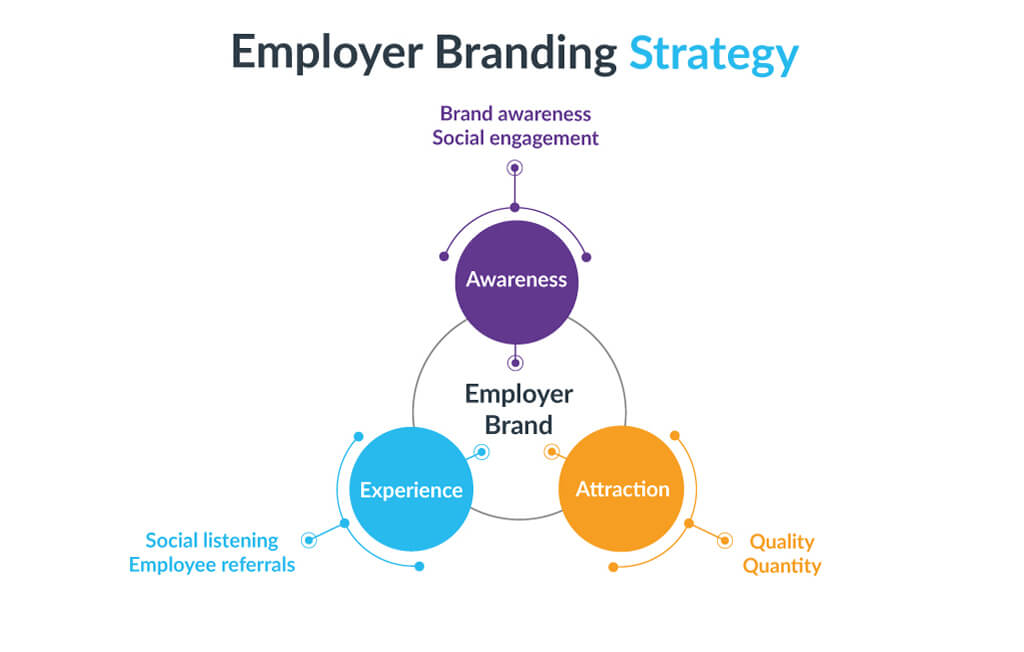
Source: AIHR
So, how can you effectively cultivate your employer brand? Here are some tips to consider:
1. Define Your Employer Value Proposition (EVP): Start by identifying what makes your organization unique as an employer. What are the benefits and advantages of working at your company? Your EVP should encompass factors like your company culture, growth opportunities, work-life balance, and the impact employees can make in their roles.
2. Highlight Company Culture: Your workplace culture is a significant part of your employer brand. Showcase what it's like to work at your organization through employee testimonials, stories, and social media posts. Prospective employees want to know they'll be joining a supportive and inclusive work environment.
3. Use Employee Advocacy: Encourage your current employees to be advocates for your organization. They can share their positive experiences working for your company on their social media and professional networks, increasing your brand's reach and credibility.
4. Craft Authentic Employer Branding Content: Develop content that reflects your company's values, mission, and culture. This might include blog posts, videos, and webinars that provide insights into your workplace and the people who make it special.
2. Craft a Compelling Job Description
Creating an enticing job description stands as a pivotal task in the recruitment journey. Nevertheless, in a world where every organization is generating job descriptions, how can you set yours apart from the crowd and magnetize the best candidates?
Here are some pointers to consider:
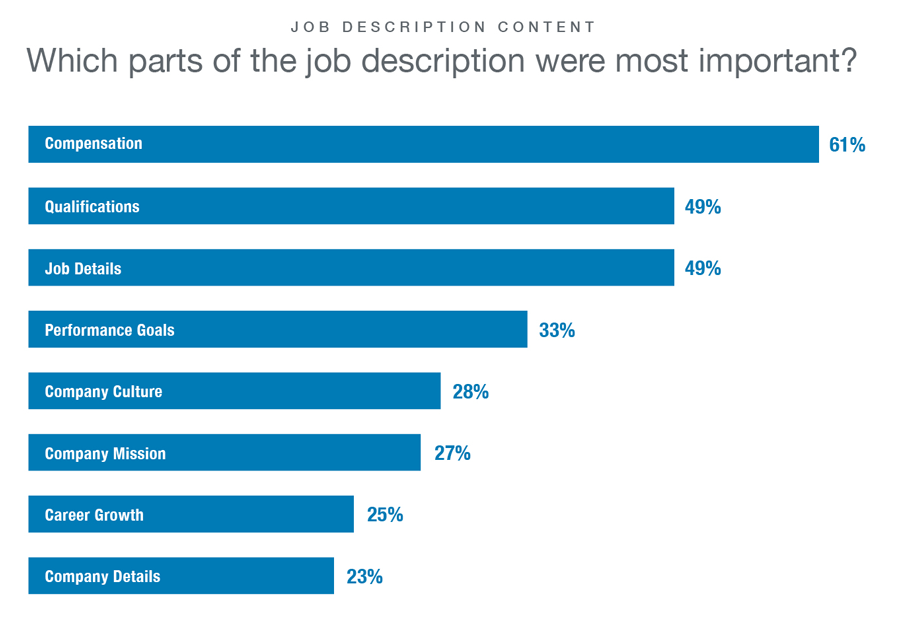
Source: LinkedIn
1. Start with a Clear Job Title: The job title should be straightforward and reflect the role accurately. Avoid jargon or creative titles that might confuse candidates.
2. Begin with a Brief Overview: Provide a concise summary of the role, its significance within the organization, and how it contributes to the company's goals. This opening paragraph should capture the candidate's attention.
3. Outline Key Responsibilities: Detail the primary duties and responsibilities of the role. Use bullet points to make it easy to scan. Be specific about what the job entails, including any special projects or initiatives.
4. Highlight Qualifications: Clearly list the qualifications, skills, and experience required for the position. Distinguish between "must-have" and "nice-to-have" qualifications. This helps candidates assess their fit for the role.
5. Showcase Company Culture: Mention the company's values, culture, and work environment. This gives candidates insight into what it's like to work at your organization and can attract those who align with your culture.
6. Emphasize Opportunities for Growth: Mention potential career development and growth opportunities within the company. Many top candidates are not just looking for a job but a path for career progression.
7. Use Inclusive Language: Ensure that your job description uses inclusive language to attract a diverse pool of candidates. This signals that your organization values diversity and inclusion.
8. Salary and Benefits: While some organizations prefer not to disclose salary ranges, providing a competitive salary or compensation range can attract top talent. Also, highlight other benefits such as healthcare, retirement plans, and unique perks.
3. Use Social Media to Your Advantage

Social platforms have evolved into dynamic hubs where professionals and job seekers converge. Leveraging this digital landscape effectively can be a game-changer in your quest to recruit top talent.
Here's how you can make the most of social media in your HR marketing efforts:
1. Post-Quality Content: With individuals dedicating over 151 minutes daily to social media, crafting content that strikes a chord with them is a potent strategy. Consistently sharing posts that emphasize your distinct employer brand can yield promising outcomes. This includes featuring employee testimonials, spotlighting your company's accomplishments, and offering a glimpse into the day-to-day experiences within your workplace.
2. Targeted Job Postings: Most major social media platforms offer the option to promote job listings to a specific audience. Take advantage of this feature to ensure your job postings reach the right people. You can target based on location, industry, job title, and other factors.
3. Engage with Your Audience: Don't just broadcast your message—engage with your audience. Respond to comments, questions, and messages promptly. Building a responsive and approachable online presence can create a positive impression on potential candidates.
4. Create Engaging Videos

Source: Oberlo
Are videos truly effective in 2023? In recent years, videos have emerged as the dominant form of content across a wide spectrum, from brands to influencers and beyond. They've overshadowed traditional video marketing strategies, such as television advertisements. People are now more actively engaged with videos that resonate with them, as it has become an integral part of modern digital culture.
This video-centric trend witnessed a significant upswing in 2016 with the introduction of TikTok. The platform rapidly gained popularity, and by October 2018, it achieved an extraordinary milestone, becoming the most downloaded app in the United States, surpassing all previous records. The exponential growth of TikTok reflects a remarkable 100% increase in its user base between 2020 and 2022.
Since then, short-format videos have fundamentally transformed the landscape of video marketing. These bite-sized video clips have redefined how content is consumed, shared, and engaged with, making video content a formidable force in digital marketing strategies. The trend continues to shape the way brands and influencers connect with their audiences in 2023 and beyond.
5. Manage Your Online Reputation

Online employee reviews hold as much significance as customer reviews on platforms like G2 or Capterra. As a matter of fact, prospective job candidates typically delve into approximately six company reviews before shaping their perceptions about a business.
Ensuring a delightful employee experience and encouraging your workforce to contribute their experiences on pertinent platforms is paramount. It not only fosters a positive image but also enhances your employer brand.
In cases where a potential candidate encounters an insufficient number of reviews, there's a substantial likelihood that they might pass up the opportunity altogether.
6. Define Your Target and Segment Them
To effectively recruit top talent, treat potential employees with the same precision as your customer targeting efforts. Data-driven recruitment marketing is the key to securing the candidates you seek.

Begin by defining the precise attributes of your ideal employee for each available role. Leveraging previously researched data, establish clear parameters outlining what these ideal candidates should possess.
Take advantage of data derived from past job advertisements and successful hires to construct highly detailed candidate personas tailored to your open positions. These personas can be further segmented based on various criteria, such as:
1. Skill Set: Segment candidates based on their specific skills, certifications, or qualifications required for the role. For instance, you might have different segments for software developers with expertise in programming languages like Python, Java, or C++.
2. Experience Level: Divide candidates into segments based on their years of experience. For instance, you may target recent graduates as one segment and mid-level professionals with 5-10 years of experience as another.
3. Location: If your organization has multiple locations or offers remote work options, segment candidates based on their geographical preferences. For instance, you may have candidates interested in on-site positions and others looking for remote opportunities.
4. Industry Experience: Consider creating segments for candidates with specific industry experience. For example, if you're a healthcare company, you might target candidates with prior experience in healthcare or related fields.
5. Cultural Fit: Segmentation based on cultural fit is vital. Some candidates may align better with your organization's values and work culture, while others might not. This can be especially important for maintaining a cohesive team.
7. Embrace The New Working Model
Recruiting and talent acquisition were challenging before the COVID-19 pandemic hit in early 2020. The pandemic disrupted the workforce and reshaped hiring priorities. Companies had to adapt quickly, especially when it came to hiring remote employees and managing changes in corporate culture, productivity, and talent management. On the other hand, businesses that relied heavily on on-site work, like retailers and restaurants, faced labor shortages, making recruiting and employee retention even more difficult.
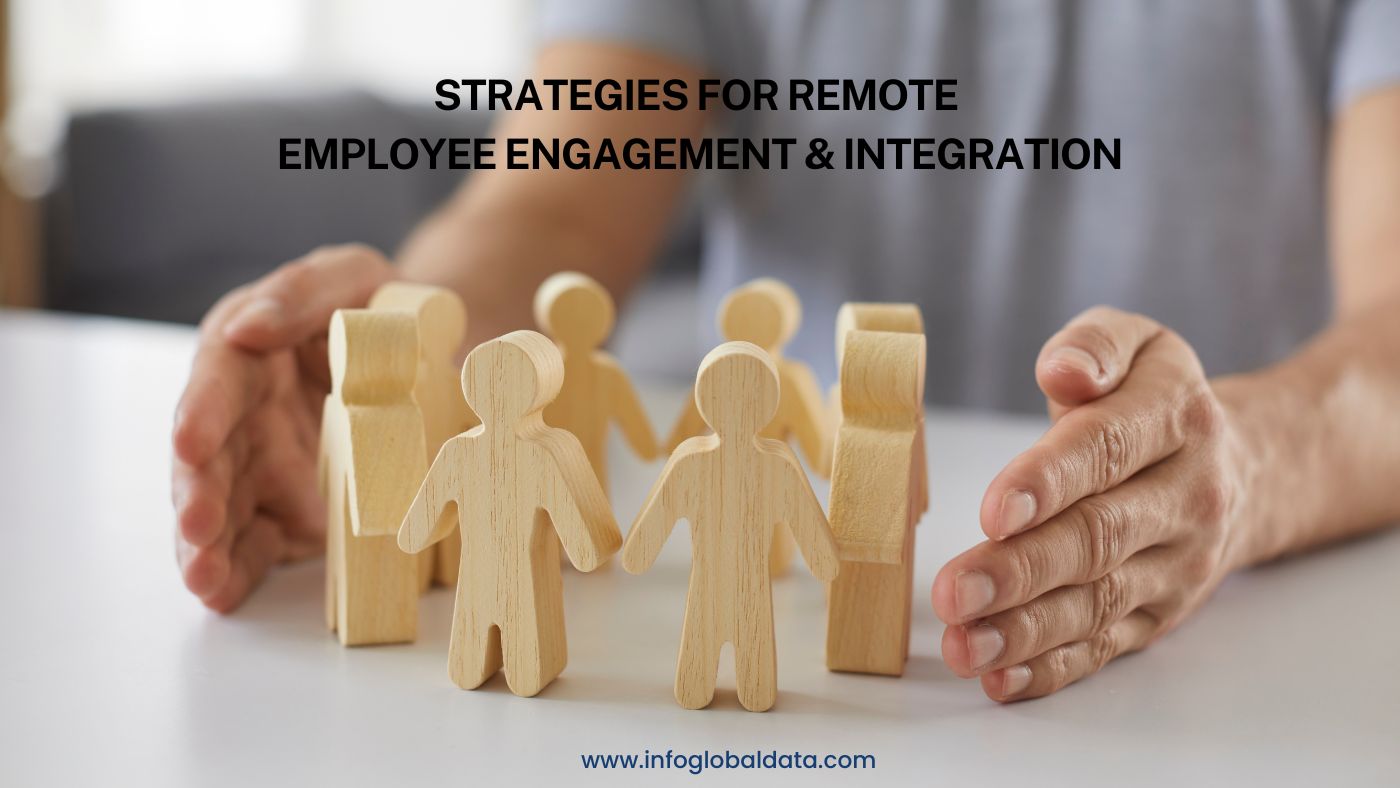
Many organizations had to tackle these talent acquisition challenges while shifting more of their recruiting processes online. A significant change was the transition to remote onboarding, which used to happen mostly in person but now occurs predominantly online. This presents unique challenges, such as transmitting corporate culture and ensuring remote employees feel like part of the team.
As the pandemic subsides, some companies are moving toward a hybrid work model that combines remote and in-office work. Crafting these models involves considering employee preferences, job suitability, and technology upgrades, often resulting in formal policies. However, implementing these policies comes with its own set of challenges, prompting organizations to seek out best practices for hybrid work models.
8. Job Fairs & Career Expos
Participating in job fairs and career expos is a dynamic and valuable recruitment strategy for organizations seeking to connect with potential candidates. These events offer a unique opportunity to showcase the company, engage in face-to-face interactions, and even conduct on-the-spot interviews.

Here are some advantages of participating in job fairs:
1. Direct Engagement: Job fairs provide a direct channel to engage with candidates. This personal touch allows you to make a strong impression and assess candidates' interpersonal skills and communication abilities.
2. Showcasing Your Brand: Job fairs are a platform to spotlight your organization's culture, values, and the opportunities you offer. It's a chance to demonstrate why your company is a great place to work.
3. Networking: You can network with a wide range of potential candidates, including those who might not have considered your organization otherwise. This expanded network can be beneficial for future hiring needs.
4. On-the-Spot Interviews: Conducting interviews at job fairs allows you to quickly identify strong candidates. It streamlines the hiring process and can lead to immediate selections.
5. Real-Time Feedback: You can gather instant feedback from candidates about their perceptions of your organization and the job roles you offer. This feedback can inform your recruitment strategy.
9. Prioritize Candidate Satisfaction

Candidate satisfaction is paramount in the recruitment process. Ensuring that candidates feel well-informed, supported, and valued throughout their journey is not only a measure of professionalism but also a catalyst for enhancing the overall candidate experience. It contributes to positive word-of-mouth recommendations, trust-building, and a more successful and reputable agency. Feedback from candidates plays a crucial role in this process, helping to uncover areas for improvement and ongoing relationship-building.
10. Create a positive work culture.
Invest in employee development programs as a testament to your dedication to employee growth and career advancement. By doing so, you demonstrate your commitment to fostering a workforce that continually evolves and prospers.

Promote diversity and inclusion through the implementation of inclusive hiring practices and the cultivation of a culture that deeply values diverse perspectives. These initiatives help create an environment where every employee feels heard, respected, and valued.
Furthermore, encourage your current employees to share their positive experiences working for your organization on platforms like Glassdoor or social media. This user-generated content offers an authentic window into your company's culture and work environment, enhancing your reputation and attracting top talent who resonate with your values.
Wrap-Up
Recruiting top talent is a multifaceted endeavor that goes beyond posting a job ad and passively waiting for applications. In an evolving job market where candidates have more options, companies must proactively stay abreast of market dynamics and actively engage with high-caliber talent to entice them.
For modern HR practices, digitization is crucial. HR teams need to embrace technology and collaborate closely with marketing to craft a compelling organizational image that magnetizes the right candidates.
Recruitment marketing is the linchpin of this approach, making it possible to not just attract but also engage and ultimately secure top talent in a competitive job market. A well-crafted recruitment marketing strategy empowers organizations to effectively identify, attract, engage, and hire the best talent available. It's a dynamic approach tailored to the evolving landscape of talent acquisition.



